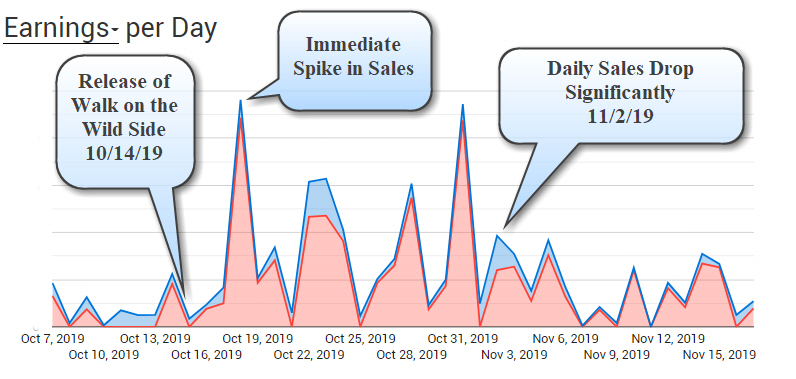It’s Thanksgiving in the United States. This is the time of year Americans gorge on turkey, stuffing, sweet potatoes, green bean casserole, and pumpkin pie. It’s also the time of year we see family we haven’t seen in years or see seldom. While the Thanksgiving/Christmas season can be stressful, I don’t see it that way. What am I thankful for? Plenty!
- I don’t have to cook Thanksgiving dinner. My husband is a gourmet cook and he takes on the entire task. He makes the green bean casserole from scratch, including the cream of mushroom soup and crispy shallots that get mixed in with the dish. It’s much better than the Campbell’s version. He brines the turkey overnight and then roasts it Thanksgiving day. I preferred to buy a pumpkin pie so he’d have less work to do. My job is to stay out of his kitchen and keep him company while sitting in a chair nearby. I am eternally grateful that I don’t have to take on the Herculean task of cooking turkey dinner.
- eXtasy Books has accepted my gay werewolf paranormal erotic romance for publication. It’s entitled “Full Moon Fever”, and it’s coming out in 2020. My book is about two gay werewolves who work as gaffers (lighting) for a traveling stage show. They are looking for a third partner, and they have their sights set on the lead dancer. They’re also friends with two female scenic painters who give them a run for their money. I’m planning a sequel for this book. One of my werewolves has to deal with a person from his past – his ex. I haven’t thought further on the sequel, but it’s going to be a fun ride.
- We don’t have a lot of debt, unlike many people. I was told that the average credit card debt in America is appx. $5,000. I owe about $500 on two cards and I plan to pay it off within two weeks. I always pay the credit cards when the bill comes in so I don’t have to worry about interest. We owe money on a used VW Beetle (love that car), but otherwise we are debt free. We worked hard to get there.
- Although we’re up there in years, we are blessed with good health. I have my daily prescriptions to take and so does my husband but it’s manageable.
- I am close to my family. My son joined us for Turkey day. I called my dad and sister. We also called my stepson and his wife. They live out of state. We don’t see them often but when we do we have a wonderful time. I’m not sure when we’re venturing down to their homes again, but we do plan to visit in 2020.
- We aren’t hurting for money. The bills get paid each month and there’s some left over for fun stuff.
- We are owned by three cats. I’m glad the apartment complex allows pets. They got turkey and giblet on Thanksgiving just like us humans.
- We live in a New England beach resort. For Christmas, we get to see the tree in town lit up and Santa arrives on a lobster boat. Everyone in town (this is a small town) comes out for the lighting of the tree and we drink hot cocoa. Living here is like living in a Hallmark Christmas movie.
There’s plenty to be thankful for, and I figured it was a good time to remind myself of that fact. I hope Americans reading had a very happy Thanksgiving. Here’s looking to Christmas to continue the festive joy.
———
Elizabeth Black writes in a wide variety of genres including erotica, erotic romance, horror, and dark fiction. She lives on the Massachusetts coast with her husband, son, and her three cats. Her story “The Beautiful Move in Curves” appears in “Dangerous Curves Ahead”, an anthology of sexy stories about plus-sized women. Look for it at Amazon. Her new paranormal erotic shifter romance novel “Full Moon Fever” will be for sale in 2020.
Web site: http://elizabethablack.blogspot.com
Facebook: https://www.facebook.com/elizabethablack
Twitter: http://twitter.com/ElizabethABlack
Amazon Author Page: https://www.amazon.com/author/elizabethblack
Newsletter: http://eepurl.com/b76GWD








